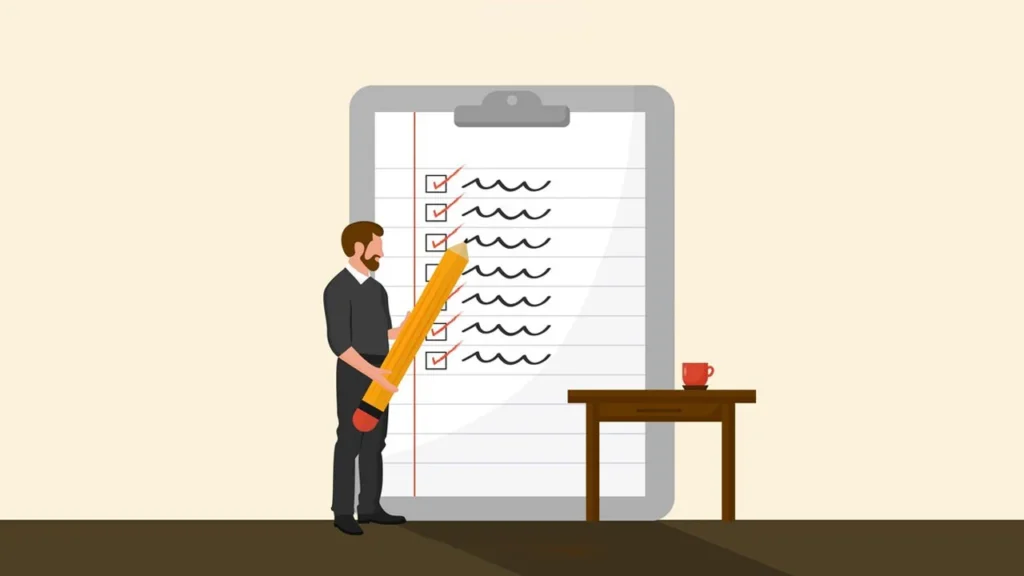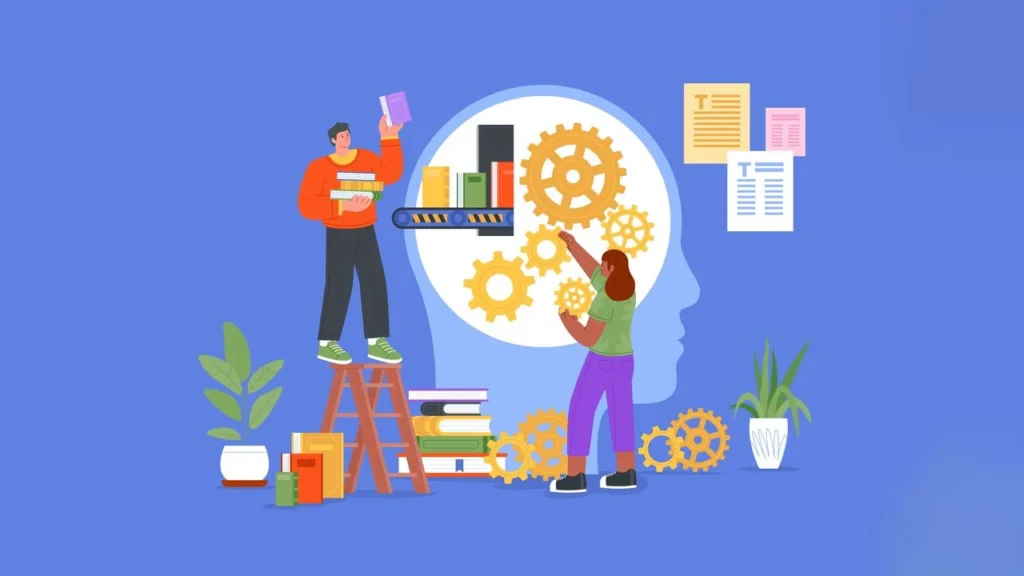Not everyone can memorize an entire lecture of complex concepts without noting them down properly. Still, many students struggle to make notes that can actually be helpful for them in exam preparation or test practice. Effective note-taking not only captures information quickly but can also boost comprehension, retention, and critical thinking abilities. By employing strategic techniques, adopting personalized approaches, and effective methods of note-taking, students can maximize their academic potential. Whether the content is about medicine, history, physics, website coding, or philosophy, note-taking can help you in every subject- given that you utilize effective techniques.
Note-Taking Techniques That Will Game Up Your Studies
These are the most effective note-taking methods that will revolutionize the way you note lectures and memorize content for exams.
1. Importance of Note-Taking

Taking notes is a dynamic process. It includes students participating in the course material, making them participants in their own education and active learners. By taking notes, students can better synthesize information, organize ideas, and make connections between concepts. As a result, they absorb the material and internalize important ideas more thoroughly. Consequently, it enhances their knowledge and memory of critical concepts.
Organizing the material in real-time, and taking notes during lectures, seminars, or study sessions helps you stay focused. In addition to helping with knowledge retention and fostering ownership over learning for academic achievement, this active participation fosters deeper comprehension!
2. Selecting an Effective Note-Taking Method

Taking notes is a very personalized experience; no one method is effective for every learner. Depending on the interests, cognitive processes, and learning styles of the learner, different note-taking strategies work differently. While some students prefer visual aids like mind mapping, others may find more practical older approaches like outlining or writing notes in a linear fashion.
Experimenting with several tactics until you discover the one that best suits your requirements is the key to figuring out what works for you. Consider the format, structure, and cognitive processes when selecting an effective note-taking method. Remember that your goal should not simply be capturing information verbatim but instead to capture key ideas and concepts in ways that make sense and are actionable for yourself.
3. Active Listening and Attendance

Participating in class discussions and listening intently during lectures is the first step toward taking effective notes. With the trend of doom-scrolling short-format videos on social media and our contracting attention spans it might be difficult to actively listen to lectures for long. But with deliberate practice, you can achieve that. By concentrating on significant ideas, identifying overarching themes, and paying great attention to linguistic signals, students may actively participate in the learning process.
Shorthand, symbols, and abbreviations can help you note lectures quickly and in a better way. Resist the urge to write everything word for word. It is better to focus on synthesizing data into concise chunks that you can digest easily. Engage with the material by asking questions or seeking clarification – these activities can deepen understanding while improving note-taking processes.
4. Structure Your Notes

Organization is key for effective note-taking, as it helps students make sense of complex information and recall it when necessary. Create a system for organizing your notes based on course topics, themes, or chapters with headings and subheadings as a hierarchy and structure to distinguish different kinds of information and emphasize key points. Color code or highlight specific information or parts to emphasize key points further.
Review and revise your notes regularly while adding annotations, summaries, and connections that enhance learning and retention – this way, making the information more accessible and understandable than before! Structured and organized notes logically will make information more easily understandable and easier for you.
5. Comprehension and Retention

Note-taking should not be seen as an idle pursuit but as an opportunity to actively engage with course material and expand our knowledge. Review and reflect on your notes regularly, noting key points. It will help you understand gaps, and connect new information to prior knowledge. Make the most out of your notes as a study aid by quizzing yourself or creating practice questions to assess understanding.
Discuss them with classmates, join study groups, or seek clarification from instructors for reinforcement learning or any areas of confusion. By actively engaging with and using notes as study tools in your routine study routine, you can increase comprehension, retention, and academic performance overall.
6. Digital Tools and Technologies

Students today have access to abundant technological resources and tools designed to simplify note-taking across devices. Note-taking across many devices is made easier with apps like Evernote, OneNote, or Notion offer multiple features. These include multimedia integration, cloud synchronization, and searchable text.
Explore different tech apps until you find ones that best suit your workflow – be it traditional pen and paper or digital tools! If you are facing time constraints, you can pay for essay writing to receive professional help! Leverage technology’s benefits on a journey towards making note-taking more efficient and effective!
Read also: A Guide to Effective Time Management Strategies for Students
7. Balance Between Detail and Conciseness
Finding the ideal balance between detail and conciseness is critical to effective note-taking. Capturing key ideas and pertinent details is essential, yet don’t get bogged down in too much information or digressions – instead, focus on extracting salient points and main ideas, using abbreviations or shorthand when necessary to condense into digestible notes that facilitate learning processes or academic performance. By striking this delicate balance between detail and conciseness, you can produce notes that both facilitate your learning processes as well as academic performance, creating notes that benefit both!
8. Color Code Your Notes To Save Time
Selecting colors for the different sections of your content can be overwhelming at first, but once you get the main idea, it can become easy. There are many options and variations to this technique. The crux is to highlight the content with specific colors. For example:
- Yellow can represent the facts.
- Vocabulary or new words can be colored red.
- Blue for opinions, comments, and theories.
- Green for important dates, places, and person names.
You can pick any color to represent any specific type of information. It depends on the subject, the nature of the information and content, and what colors you choose. Whatever you select, you only have to keep them constant in the chapters.
Conclusion:
Acquiring effective note-taking abilities takes practice and experience to master. By employing strategic techniques for engaging actively with course materials and using technology effectively, students can improve their note-taking practices for academic success. Whether traditional pen and paper or digital tools work better for you and support your learning goals, mastering note-taking will allow you to become an efficient, organized, and engaged learner, ultimately fulfilling all your academic dreams!
